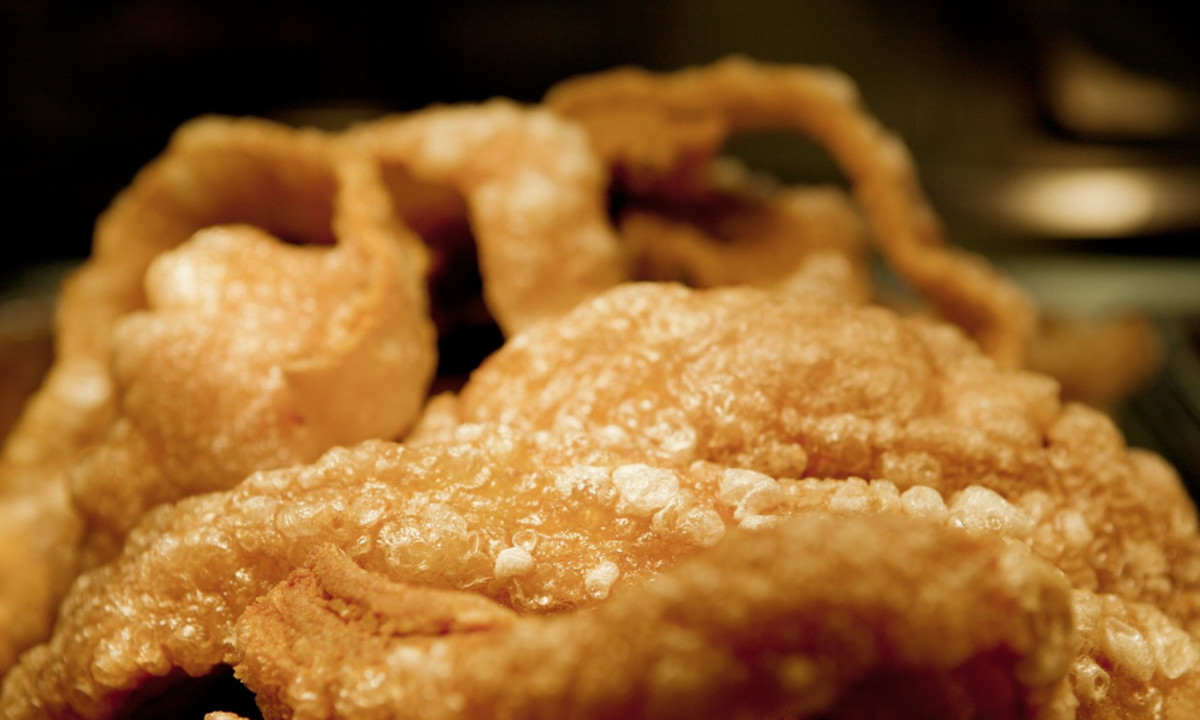
Exploring the Irresistible World of Chicharon
A Filipino Culinary Tradition
In the vibrant tapestry of Filipino cuisine, few delights evoke as much nostalgia and satisfaction as chicharon. This beloved snack, cherished for its crispy texture and rich flavor, holds a special place in the hearts and palates of Filipinos across the globe. Let’s embark on a journey to uncover the secrets and delights of this irresistible delicacy.
The Art of Crispy Perfection
At the heart of chicharon lies the art of achieving crispy perfection. Traditionally made from pork skin, chicharon undergoes a meticulous process of frying to achieve its signature crunchiness. The skin is first cleaned, boiled, and then deep-fried until golden brown and crispy. The result? A delectable snack that’s both satisfyingly crunchy and packed with flavor.
A Symphony of Flavors
One of the defining characteristics of chicharon is its rich and indulgent flavor profile. The combination of crispy skin and rendered fat creates a symphony of flavors that tantalize the taste buds with every bite. From the savory notes of salt and garlic to the subtle hints of porkiness, each mouthful of chicharon is a journey of sensory delight.
Versatility in Snacking
While chicharon is undeniably delicious on its own, its versatility extends beyond mere snacking. It’s often enjoyed as a crunchy topping for dishes like pancit or lugaw, adding texture and depth to each spoonful. Some even use it as a flavorful garnish for salads or soups, transforming ordinary dishes into culinary masterpieces.
Regional Variations and Specialties
Like many Filipino dishes, chicharon boasts a variety of regional variations and specialties. In some parts of the Philippines, it’s made with different cuts of pork, such as belly or ears, each offering its own unique texture and flavor profile. Other regions may add spices or seasonings to enhance the taste, resulting in a diverse array of chicharon experiences across the archipelago.
A Staple of Filipino Celebrations
No Filipino celebration or fiesta is complete without the presence of chicharon. Whether it’s a birthday party, wedding banquet, or holiday feast, chicharon often makes an appearance as a crowd-pleasing snack or appetizer. Its crunchy goodness brings joy and satisfaction to guests of all ages, making it an indispensable part of Filipino culinary culture.
The Rise of Chicharon in Pop Culture
In recent years, chicharon has experienced a surge in popularity beyond the borders of the Philippines. Its unique texture and bold flavor have caught the attention of food enthusiasts and chefs worldwide, leading to creative reinterpretations and fusion dishes that showcase its versatility. From gourmet chicharon tacos to innovative chicharon-infused cocktails, this humble snack has found its way onto menus in upscale restaurants and trendy eateries.
The Joy of Homemade Chicharon
While store-bought chicharon is readily available in markets and grocery stores, there’s something truly special about homemade chicharon. For many Filipino families, making chicharon at home is not just a culinary endeavor but a cherished tradition passed down through generations. It’s a labor of love that brings families together in the kitchen, creating memories and moments to treasure for years to come.
Preserving a Culinary Legacy
As we celebrate the crispy goodness of chicharon, we also honor the rich culinary legacy it represents. Beyond its delicious taste and crunchy texture, chicharon is a symbol of Filipino resilience, resourcefulness, and creativity in the kitchen. It’s a testament to the ingenuity of Filipino cooks who transform humble ingredients into culinary delights that captivate the senses and warm the soul. Read more about chicharon
